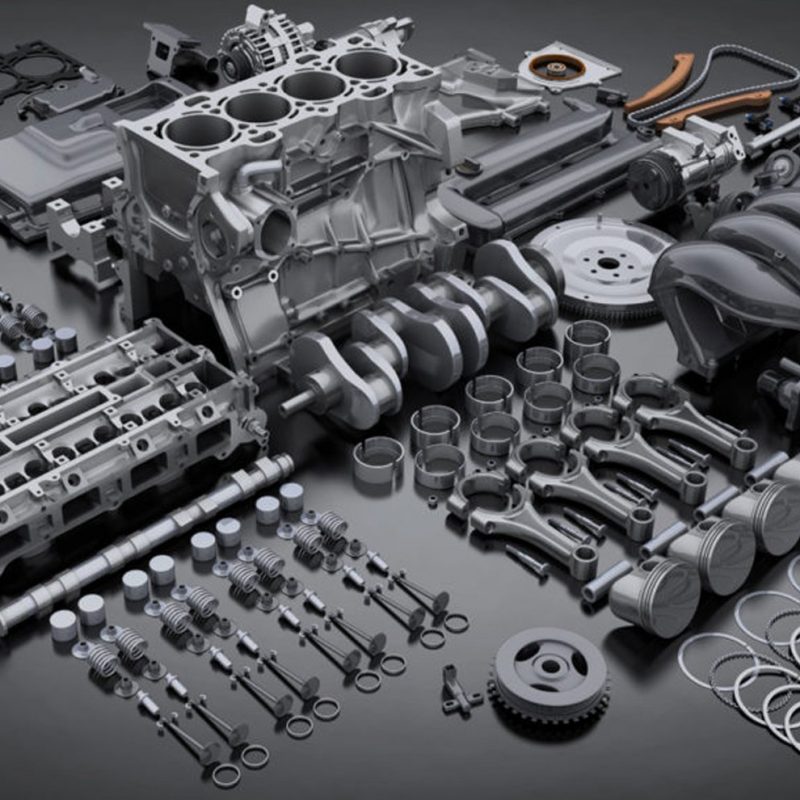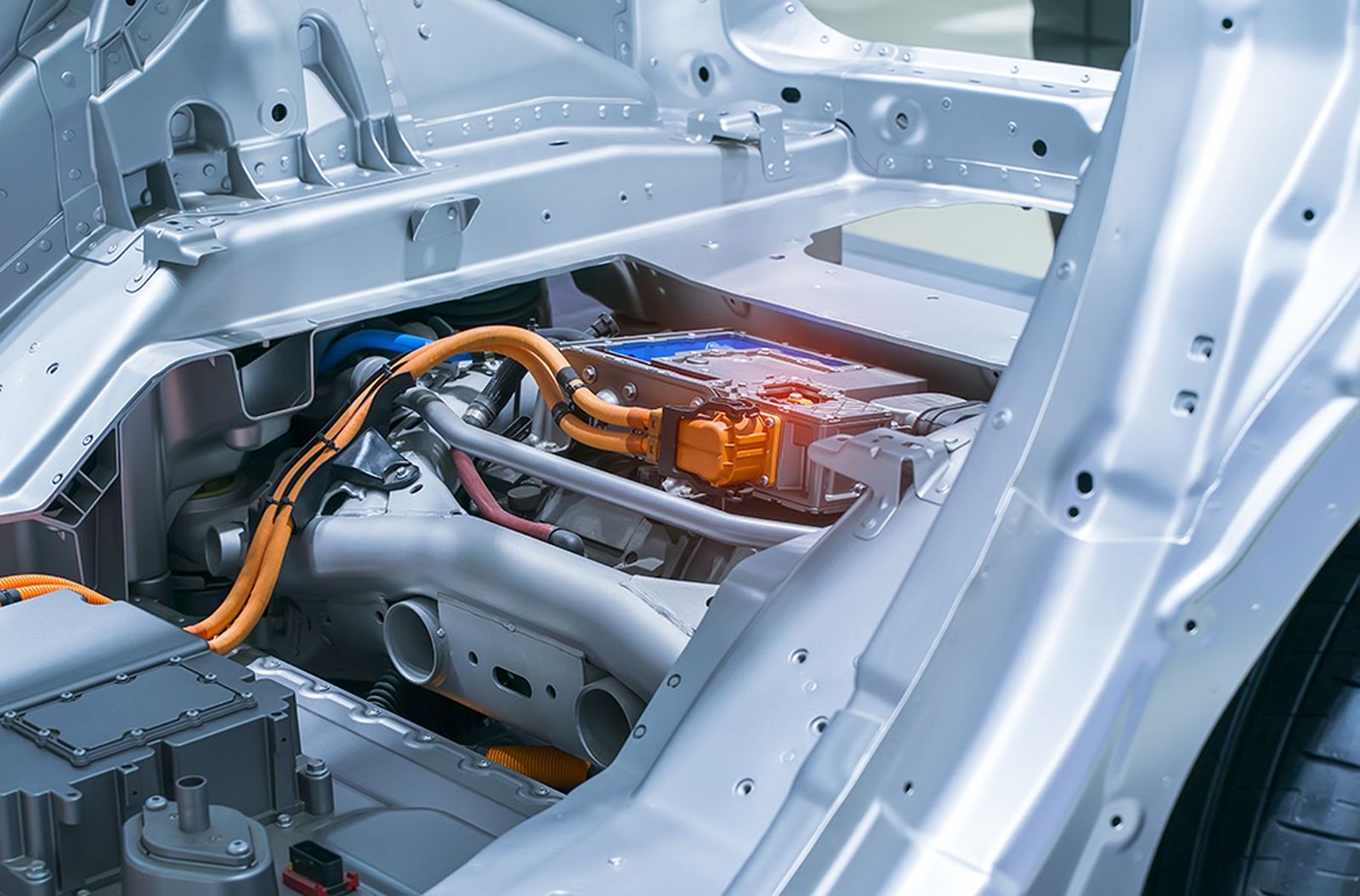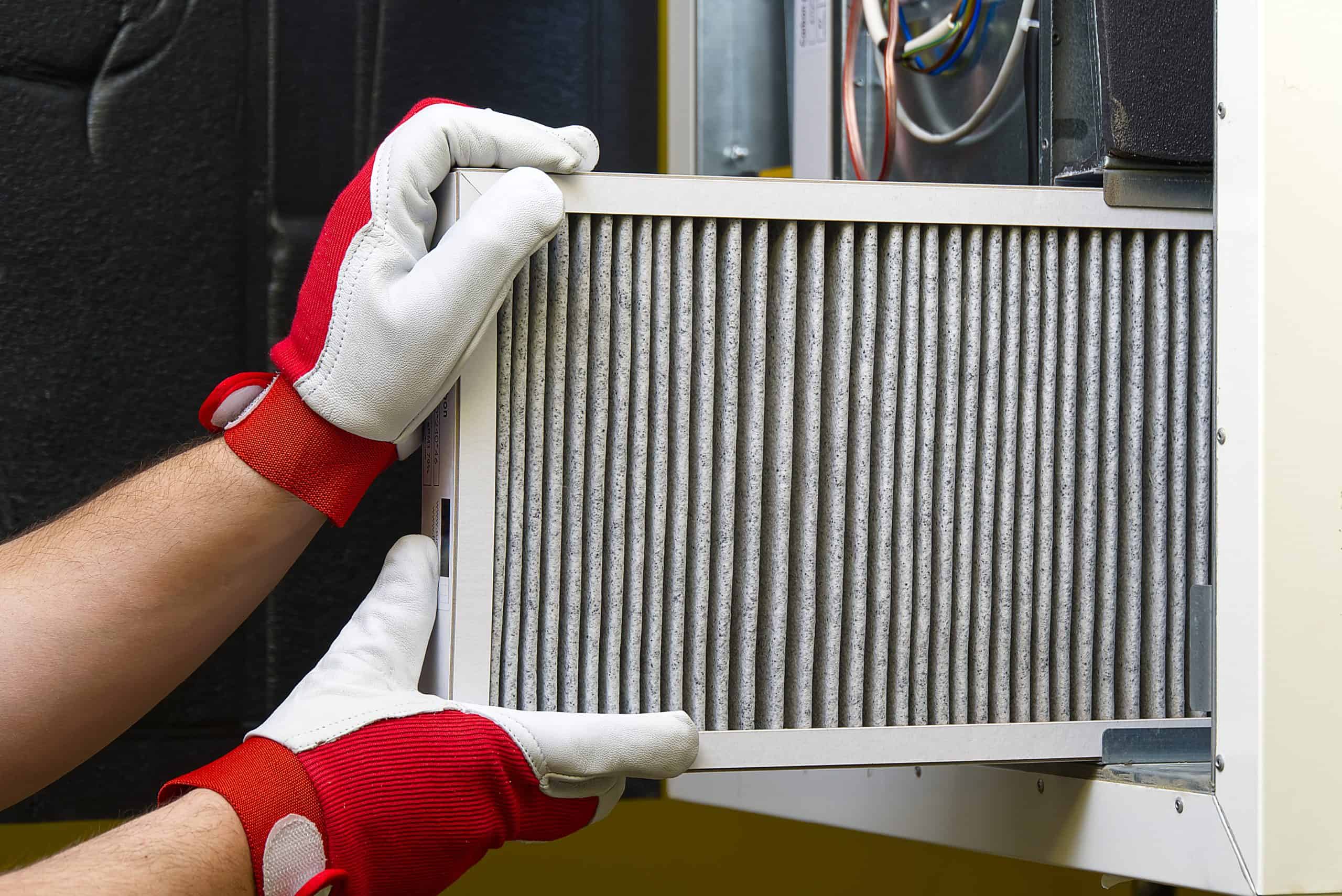Navigating the Wide World of Heavy Vehicle Tire Options
Navigating the Wide World of Heavy Vehicle Tire Options
The heavy vehicle industry plays a crucial role in the global economy, as it is responsible for the transportation of goods and materials across various industries. Heavy vehicles are equipped with large and powerful tires that are designed to withstand the demands of heavy loads and long distances. However, with so many tire options available, it can be difficult for heavy vehicle owners to navigate the wide world of heavy vehicle tire options. In this essay, we will discuss the different types of heavy vehicle tire options and their features.
- Radial Tires – Radial tires are the most common type of tire used in heavy vehicles. They are designed with a radial construction, in which the cords of the tire run at a 90-degree angle to the direction of travel. This design provides better fuel efficiency and a longer tread life. Radial tires are also more comfortable to ride on and provide better handling than other types of tires.
- Bias-ply Tires – Bias-ply tires are an older type of tire that is still used in some heavy vehicles. They are designed with a bias construction, in which the cords of the tire run at an angle to the direction of travel. Bias-ply tires are less expensive than radial tires and are more durable, but they are not as fuel-efficient and provide a rougher ride.
- Low-profile Tires – Low-profile tires are designed with a lower aspect ratio, which means that the sidewall of the tire is shorter in relation to the width of the tire. This design provides better handling and a more aggressive look, but it also provides a rougher ride and can increase the risk of damage from potholes and other road hazards.
- Wide-base Tires – Wide-base Tires are designed with a wider tread width than traditional tires. This design provides better stability and a larger contact patch, which can improve fuel efficiency and reduce the risk of tire failure. However, wide-base tires are more expensive than traditional tires and are not as common.
- Retread Tires – Retread Tires are tires that have had their treads replaced after their original treads have worn down. Retread Tires are less expensive than new tires and can be a good option for heavy vehicles that travel long distances. However, it is important to ensure that retread tires are from a reputable manufacturer and are properly maintained to ensure their safety.
- Specialty Tires – Specialty Tires are designed for specific types of heavy vehicles, such as logging trucks, mining trucks, and construction vehicles. These tires are designed to withstand the specific demands of these types of vehicles and can provide better traction, stability, and durability.
In conclusion, heavy vehicles are equipped with large and powerful tires that are designed to withstand the demands of heavy loads and long distances. However, with so many tire options available, it can be difficult for heavy vehicle owners to navigate the wide world of heavy vehicle tire options. Radial tires are the most common type of tire used in heavy vehicles and provide better fuel efficiency and a longer tread life. Bias-ply Tires are an older type of tire that is still used in some heavy vehicles and are less expensive than radial tires but provide a rougher ride. Low-profile Tires provide better handling and a more aggressive look but provide a rougher ride and can increase the risk of damage from potholes and other road hazards. Wide-base Tires provide better stability and a larger contact patch but are more expensive than traditional tires. Retread Tires are less expensive than new tires but it’s important to ensure they are from a reputable manufacturer and are properly maintained. Specialty Tires are designed for specific types of heavy vehicles and can provide better traction, stability, and durability.
When choosing the right tires for your heavy vehicle, it is important to consider the specific demands of your vehicle, such as the type of cargo it carries, the routes it travels, and the weather conditions it will be exposed to. It is also important to consider the cost of the tires, as well as their expected lifespan and their overall performance.
It is also important to remember that regular maintenance and inspections of the tires are essential to ensure their safety and to extend their lifespan. This includes regular tire rotations, balancing, and alignments, as well as checking the tire pressure and tread depth. It is also important to replace the tires when they reach the end of their lifespan or when they become damaged.
In addition to choosing the right tires for your heavy vehicle, it is also important to ensure that the tires are properly loaded and inflated. Overloading the tires can cause them to wear out faster and can increase the risk of tire failure. It is also important to ensure that the tires are properly inflated to the recommended pressure, as underinflated tires can cause decreased fuel efficiency and increased wear and tear on the tires.
In conclusion, navigating the wide world of heavy vehicle tire options can be challenging, but it is important to consider the specific demands of your vehicle, as well as the cost and overall performance of the tires. Regular maintenance and inspections of the tires are also essential to ensure their safety and to extend their lifespan. It is also important to ensure that the tires are properly loaded and inflated. By carefully considering these factors and taking the proper steps to maintain the tires, heavy vehicle owners can ensure the safety and performance of their vehicles, and minimize the risk of tire failure and accidents.








